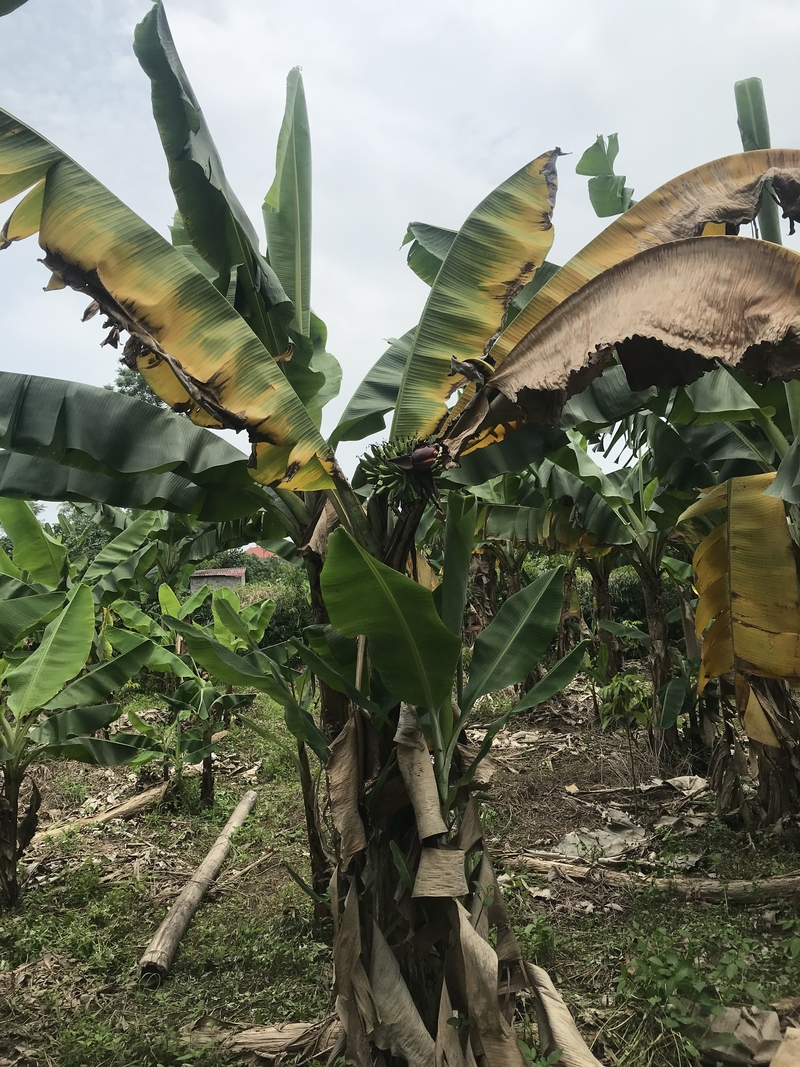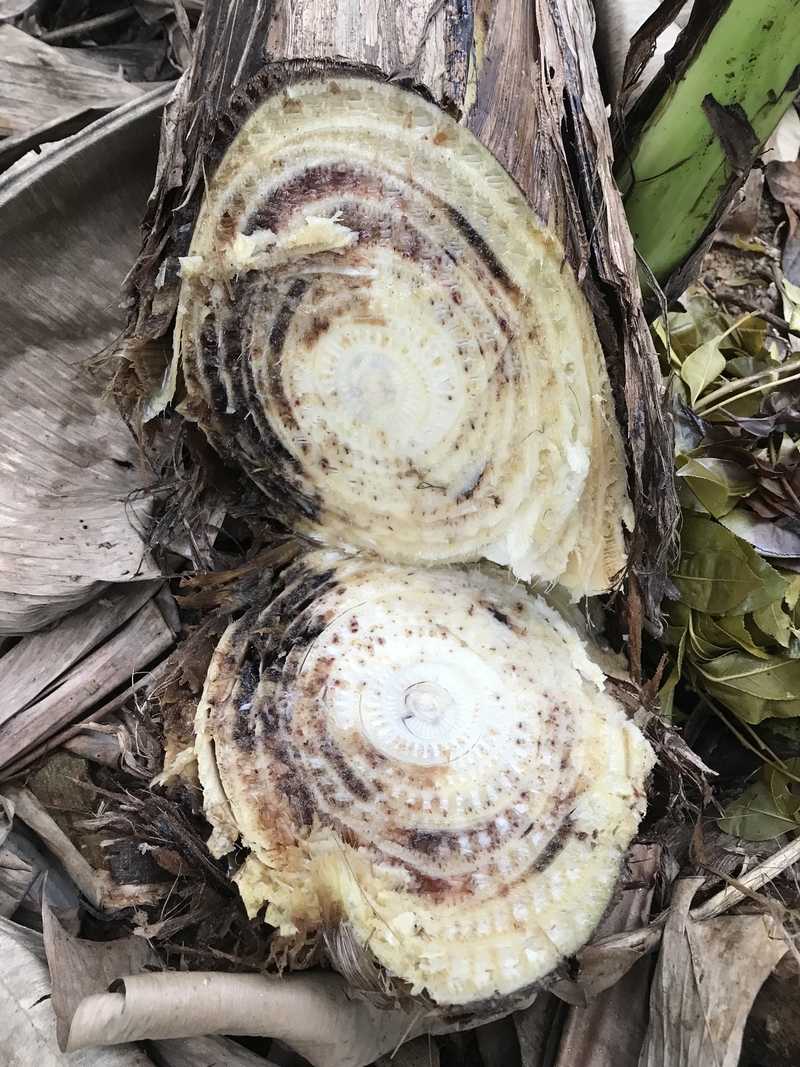[Science news] - Cultivated and wild bananas in northern Viet Nam threatened by а devastating fungal disease
 Fusarium is one of the most important fungal plant pathogens, affecting the cultivation of a wide range of crops such as bananas. All over the world, thousands of banana farmers suffer large agricultural losses caused by Fusarium oxysporum f. sp. cubense (referred to as Foc for short), which directly affects their income, subsistence, and nourishment.
Fusarium is one of the most important fungal plant pathogens, affecting the cultivation of a wide range of crops such as bananas. All over the world, thousands of banana farmers suffer large agricultural losses caused by Fusarium oxysporum f. sp. cubense (referred to as Foc for short), which directly affects their income, subsistence, and nourishment.
As a soil-borne fungus, Foc invades the root system, from where it moves into the vascular tissue that gradually deteriorates, until eventually the plant dies. What makes it particularly hard to deal with is that, even 20 years after all infected plants and tissue are removed, spores of it still remain in the soil.
One industry significantly affected by Foc is global banana export, largely dependent on the cultivation of members of the Cavendish subgroup, which are highly susceptible to some of the Foc strains.
For over 100 years, the fungus has affected banana production worldwide and local people’s income and nourishment. Researchers predict it will continue spreading intensively in Asia, affecting important banana-producing countries such as China, the Philippines, Pakistan, and Viet Nam.
 It has thus become necessary to find out what are the individual species causing the Fusarium wilt among Vietnamese bananas. Only by understanding which species are infecting the cultivated bananas can concrete measures be taken to control the future spreading of the disease to other regions.
It has thus become necessary to find out what are the individual species causing the Fusarium wilt among Vietnamese bananas. Only by understanding which species are infecting the cultivated bananas can concrete measures be taken to control the future spreading of the disease to other regions.
Using DNA analyses and morphological characterization, an international team of researchers from Viet Nam (Plant Resources Center, Vietnam National University of Agriculture), Belgium (Meise Botanic Garden, KU Leuven, Bioversity Leuven, MUCL) and the Netherlands (Naturalis Biodiversity Center) investigated the identity of the Fusarium wilt infections. They recently published their joint research in the open-access, peer-reviewed journal MycoKeys.
The known strains of Foc are classified into four races, one of which, called TR4 (tropical race 4), is considered the greatest threat to banana. The study shows that approximately 3 out of 4 Fusarium infections of the northern Vietnamese bananas are caused by the species F. tardichlamydosporum, which can be regarded as the typical Race 1 infections. Interestingly, Foc TR4 is not yet a dominant strain in northern Viet Nam, as the species causing the disease - F. odoratissimum - only accounts for 10% of the Fusarium infections. A similar proportion of Fusarium infections is caused by the species Fusarium cugenangense – considered to cause Race 2 infections among bananas.
More importantly, Fusarium wilt was not only found in cultivated bananas: the disease seemed to also affect wild bananas. This finding indicates that wild bananas might function as a sink for Fusarium wilt from where reinfections towards cultivars could take place.



